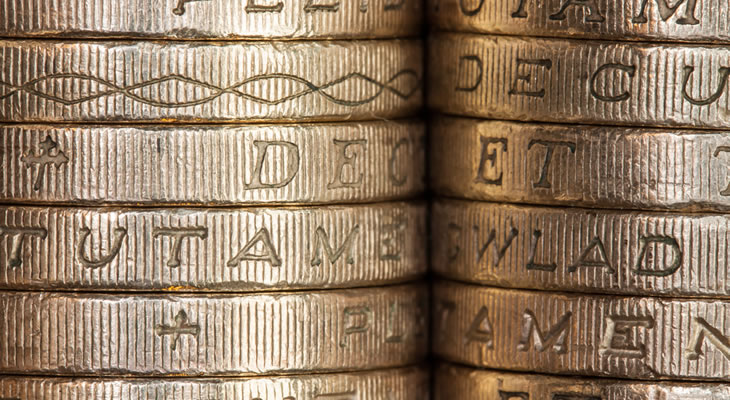The Pound Australian Dollar exchange rate has dropped this week following dovish comments from Bank of England (BoE) Governor Mark Carney. Demand for the Australian Dollar has been relatively sturdy, but poor commodity news has kept the ‘Aussie’ from its highs. GBP AUD dropped to a two-month-low of 1.6622 on Tuesday.
Pound (GBP) Sold as Bank of England Bets Drop
Demand for the Pound dropped this week when investors reacted to a speech from Bank of England (BoE) Governor Mark Carney.
On Tuesday, Carney joined UK Chancellor Philip Hammond, as they held speeches at a breakfast in Mansion House.
Carney declared that Britain was not ready for higher interest rates, disappointing traders after last week’s BoE decision saw a surprise split vote of 5-3 among policymakers. The BoE Governor distanced himself from the three policymakers who voted to hike rates.
While three members of the Monetary Policy Committee (MPC) felt pressure from rising inflation and voted to hike rates, Carney maintained that looser policy would be necessary for the foreseeable future to minimise damage from the Brexit process.
As a result, investors bet that the BoE would not hike rates until 2019, which weakened the Pound.
Britain’s latest public sector net borrowing report from May beat expectations, lightening to £-5.99b rather than just to £-7b as projected. However, amid persistent political uncertainty and Brexit negotiations finally beginning, the Pound outlook remains weak.
As well as potential political developments, UK growth data due next week could influence the longer-term Pound outlook.
Australian Dollar (AUD) Struggles to Hold Best Levels
While the Australian Dollar benefitted from the Pound’s weakness on Tuesday, it has been unable to hold its highs which has helped GBP AUD to recover from its lows.
‘Aussie’ demand was supported slightly by this week’s Reserve Bank of Australia (RBA) meeting minutes, which continued the recent RBA trend of becoming gradually more hawkish.
However, the Australian Dollar slipped again on Wednesday. Prices of key commodities, such as iron ore and oil, dropped overnight. As iron ore is Australia’s most lucrative commodity, this weighed on the commodity-correlated ‘Aussie’.
Analysts from Citi have been downgrading their iron ore forecasts. They suggest that prices could drop as low as the low $40s per metric ton in early 2018. This is largely due to oversupply. If iron ore prices really continue to worsen this could put long-term pressure on the Australian Dollar.
Westpac’s leading index also slowed in May. While not a highly influential report, it indicated that Australia’s economy could begin to slow in the short to medium-term future.
As a result, while the RBA is optimistic about Australia’s economy, uncertainty remains in the Australian Dollar outlook.
GBP AUD Interbank Rate
At the time of writing this article, the Pound Australian Dollar exchange rate trended in the region of 1.6676.


Comments are closed.